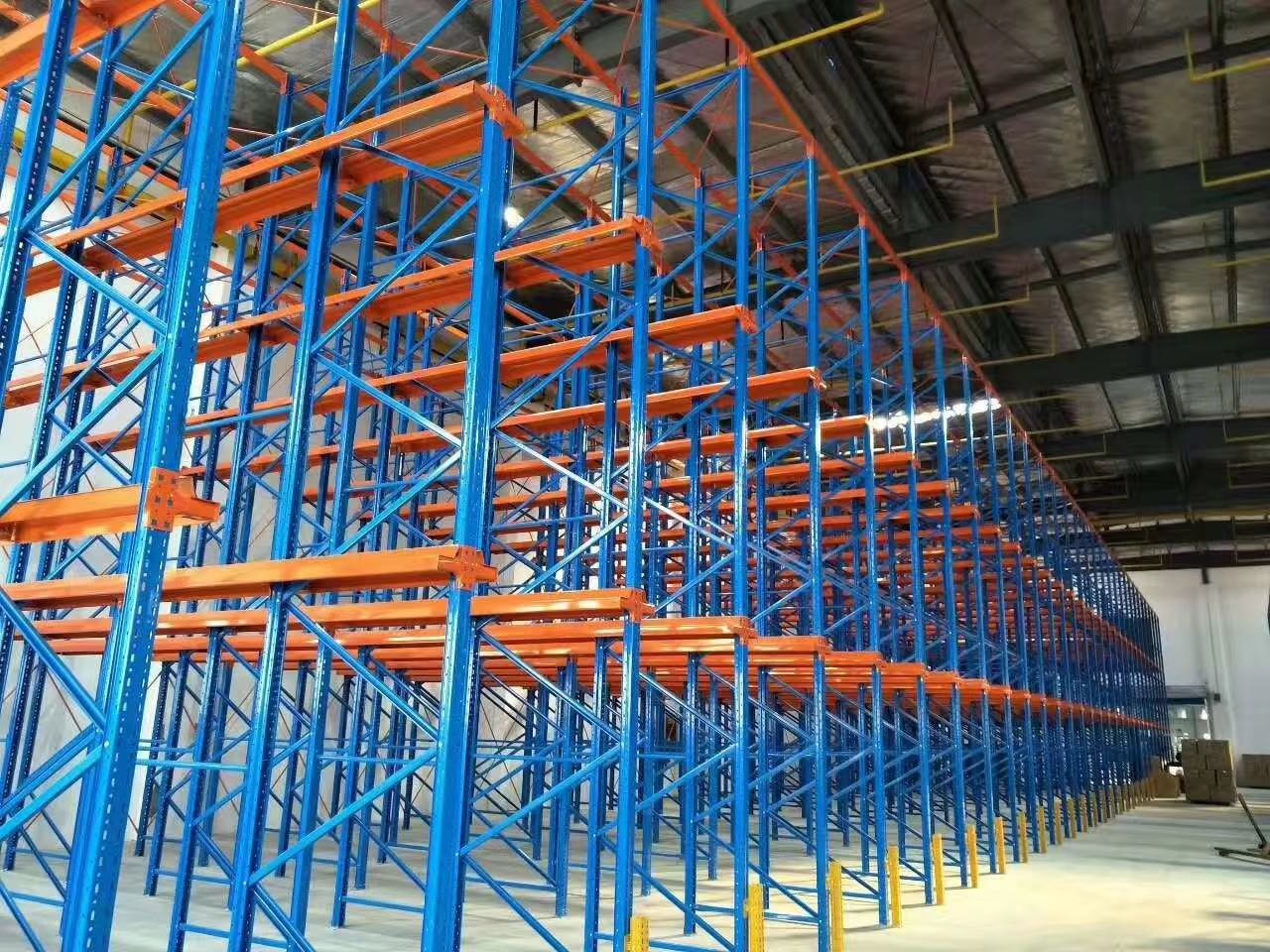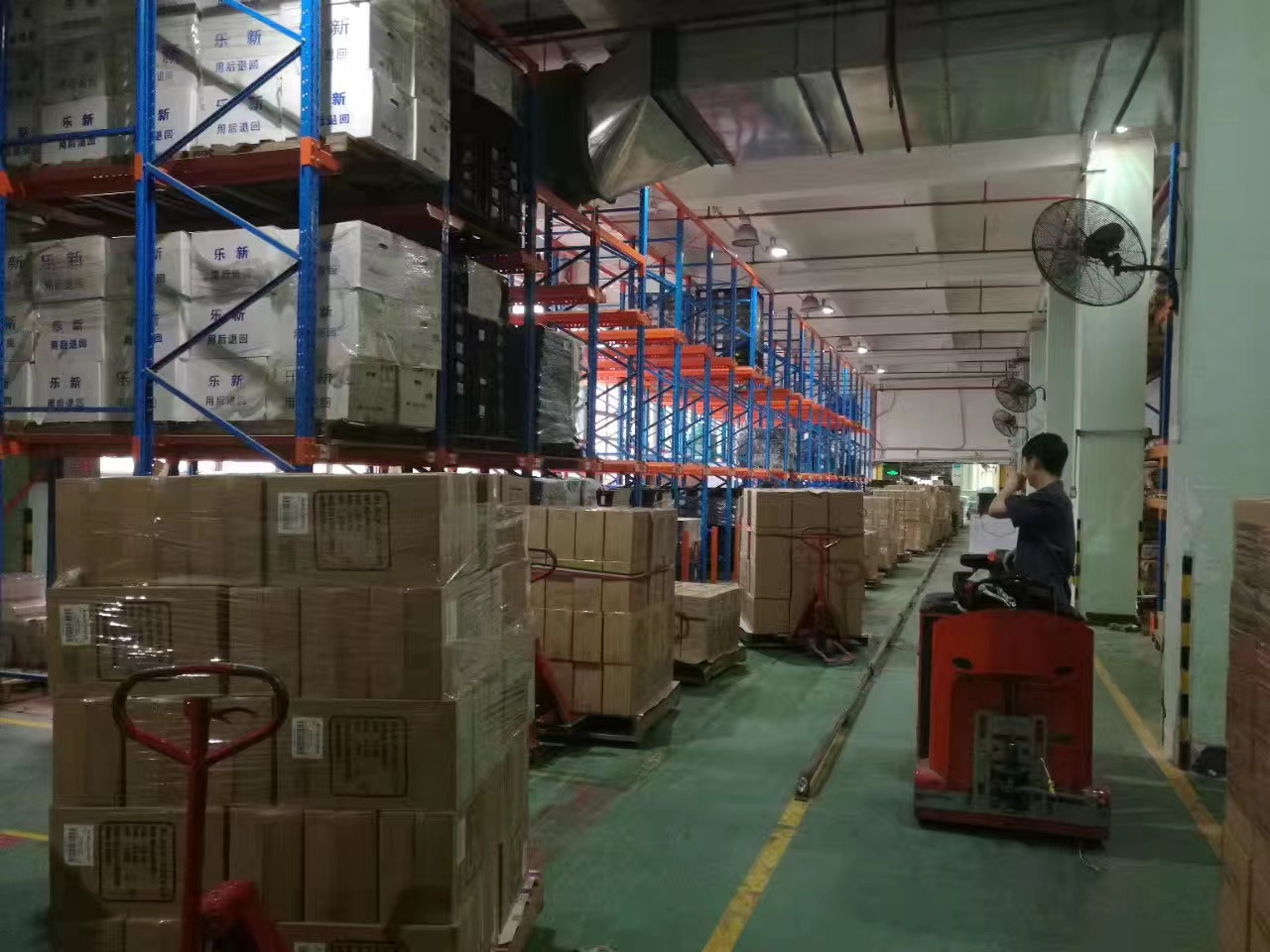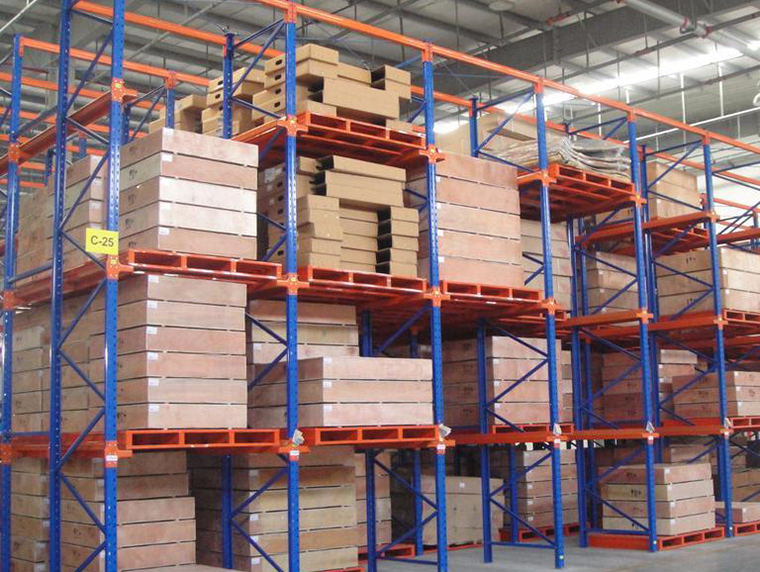In the field of warehousing and logistics, the rational layout of drive-in racking is crucial, and determining aisle size is a crucial step. This requires comprehensive consideration of multiple factors to ensure efficient and safe warehouse operations.

Different types of handling equipment, such as forklifts and stackers, have varying parameters such as width and turning radius. For example, electric forklifts are larger than manual forklifts and require more space for turning. If aisles are too narrow, the equipment will be restricted when moving and turning, reducing handling efficiency and potentially causing collisions between the equipment and the racks, resulting in cargo damage and equipment failure. Therefore, when planning aisle size, the appropriate width and turning radius must be determined based on the specific size of the handling equipment used.

Irregularly shaped, large, or heavy cargo require more space for handling. For example, handling large machinery requires wider aisles to facilitate entry, exit, and maneuvering. Furthermore, the storage method and stacking height of the cargo also influence aisle size. If goods are stacked high, the equipment needs ample space for lifting and lowering during handling, which necessitates aisles of a certain height and width.
If goods are frequently moved in and out of the warehouse, and handling equipment is frequently moving, wider aisles are required to avoid interference and congestion between equipment. Conversely, if warehouse traffic is low, aisles can be narrower to improve space utilization.
Aisles must provide ample space for operators to move safely and conveniently while handling goods. Aisles should also be kept clear of debris and accumulation to prevent accidents.

When determining the aisle size for drive-in racking system, multiple factors must be considered, including the size of the handling equipment, the characteristics of the goods, the warehouse operational flow, and personnel safety. Only in this way can an optimal aisle size be designed to improve warehouse efficiency and safety.
 Wechat
Wechat
 Whatsapp
Whatsapp